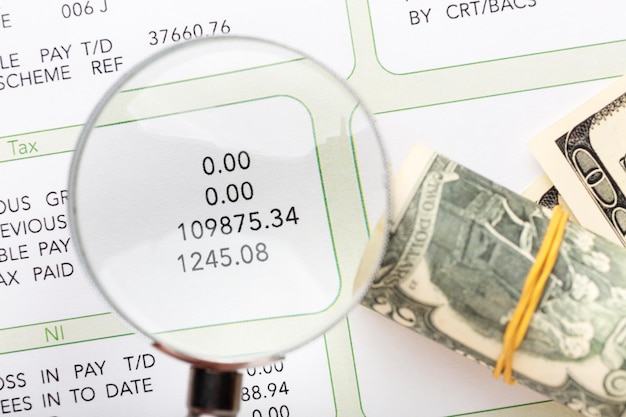Understanding the Federal Funds Rate: Current Figures, Determination Process, and Historical Trends

The U.S. economy goes through repeating cycles, each with different stages that can be either beneficial or harmful. Even the beneficial stages can have negative effects if not controlled properly. To maintain financial stability and avoid extreme swings within these cycles, the federal government uses monetary policy, with the federal interest rate being a crucial component.
### What Is the Federal Interest Rate?
The federal interest rate, known as the federal funds rate, is the rate banks use when they loan each other money overnight, using reserves kept at their local Federal Reserve bank. These overnight loans help banks maintain the required reserves to ensure liquidity, meaning they can cover withdrawals from depositors’ accounts. While banks set the rate for these loans, it is influenced by the federal funds target rate, a range set by the Federal Reserve’s Federal Open Market Committee (FOMC).
The FOMC meets eight times a year to review economic and financial conditions and decide on actions to keep prices stable and employment growth sustainable. This might involve adjusting the federal funds rate. As of June 20, the FOMC’s target federal funds rate range is 5.25% to 5.50%, with the effective rate at 5.33%.
### What Is the Prime Rate?
The prime rate is set by individual banks and is used as a reference rate for consumer and business loans, like credit cards and adjustable-rate mortgages. It is the best rate available for customers with prime credit. Although each bank sets its own prime rate, you can find published rates that represent a broader range of banks. As of June 21, the prime rate reported by both the Federal Reserve and The Wall Street Journal is 8.50%.
The prime rate is typically about 3% higher than the federal funds rate because banks add a margin to it, usually around 3%.
### Monetary Policy, the Federal Funds Rate, and the Economy
The economy operates in cycles, each with four stages:
1. **Expansion:** When the gross domestic product (GDP) increases, leading to higher employment, more spending, and lower interest rates. This stage supports maximum employment and stable prices.
2. **Peak:** The highest point of expansion, signaling the start of contraction.
3. **Contraction:** When output declines and GDP reduces, often triggered by events like the COVID-19 pandemic.
4. **Trough:** The lowest point of contraction, which can lead to a recession if severe and prolonged.
A new cycle begins with the next expansion, marking recovery from the trough. The Federal Reserve aims to promote maximum employment, stable prices, and moderate long-term interest rates by adjusting the federal funds rate to control the economy’s cash flow.
Expansion is beneficial as it promotes high employment and stable prices, leading to modest interest rates. However, too much expansion can cause inflation, where skyrocketing prices discourage consumer spending and lead to job cuts. The FOMC can slow down excessive expansion by raising the federal funds rate, reducing the money supply in the economy.